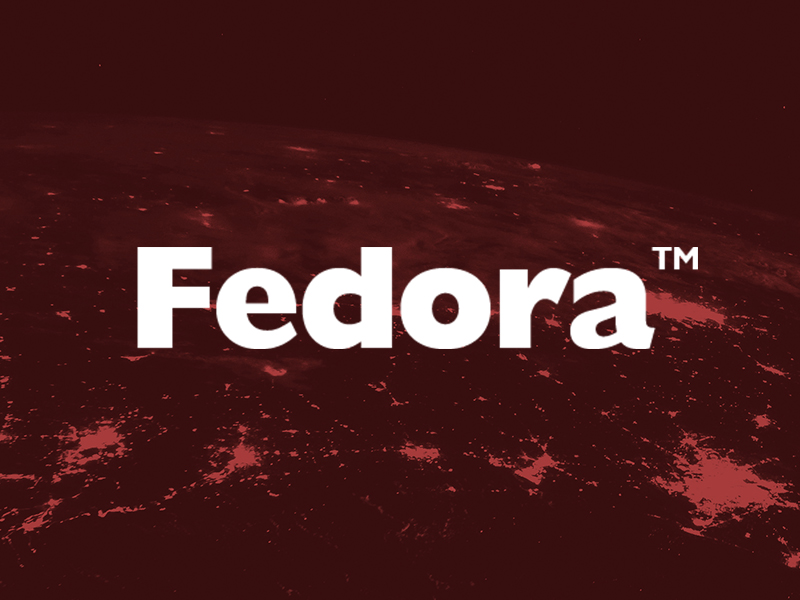
A current Fedora 6 demo video is now available showcasing recently added features. In the first demo we demonstrated the use of the migration tools to transform a Fedora 3 on disk representation to OCFL (Oxford Common File Layout). Our second demo showed how you can create RDF resources via the Fedora API and see those resources represented on disk as OCFL Objects. In this third demo Bethany Seeger from Johns Hopkins University joins me to show how to create binary resources and see how they look on disk. We also introduce the concept of Archival Groups: how to create them and how to nest resources inside them.
You can find the demo video here: https://youtu.be/HxXFEvUsKgQ.
We would like to thank the following people and their institutions for contributing to the last code sprint:
- Danny Bernstein, LYRASIS
- Peter Eichman, University of Maryland
- Ben Pennell, University of North Carolina at Chapel Hill
- Jon Roby, University of Manitoba
- Peter Winckles, University of Wisconsin-Madison
- Andrew Woods, LYRASIS
Future Fedora 6 code sprints will be announced soon on the Fedora mailing list for anyone who would like to participate. More information on the Fedora 6 design and progress can be found on the wiki: https://wiki.lyrasis.org/display/FF/Design+-+Fedora+6. The latest Fedora 6 build can be found on GitHub: https://github.com/fcrepo4/fcrepo4.

